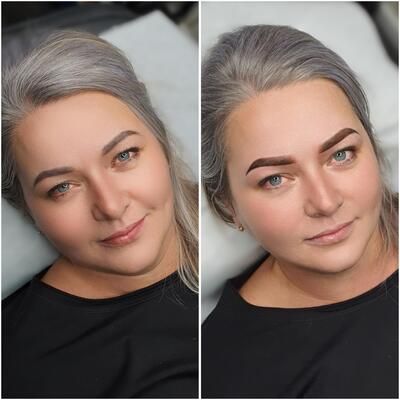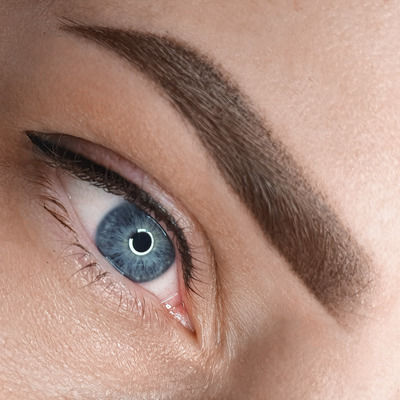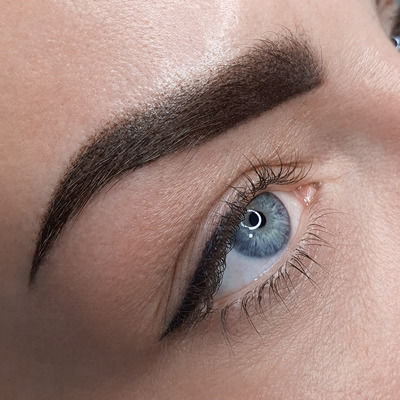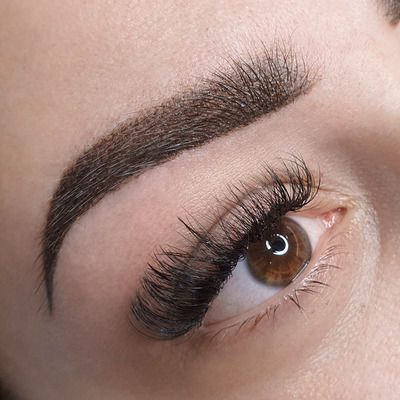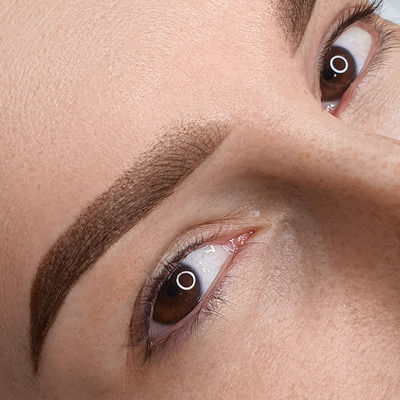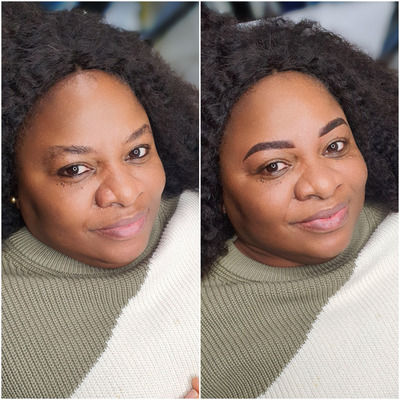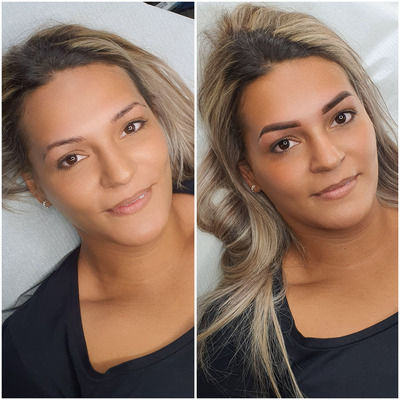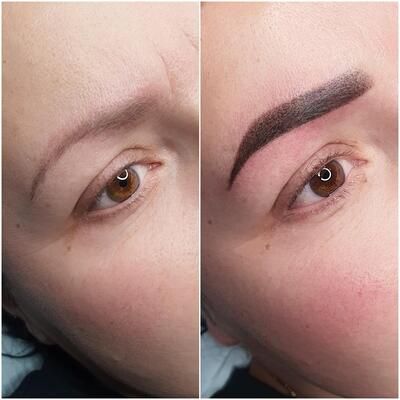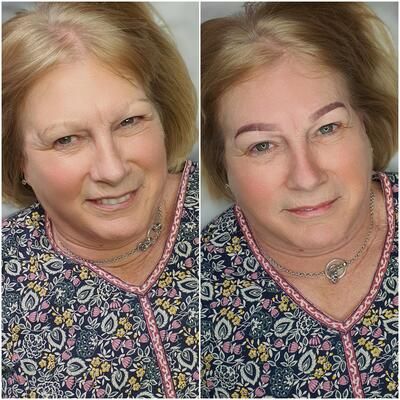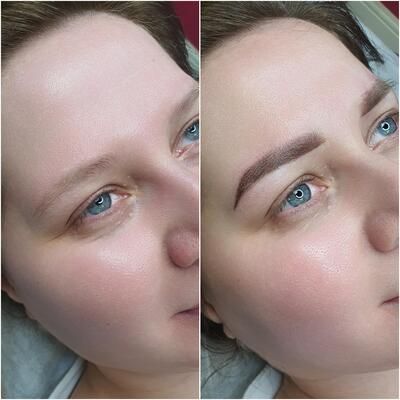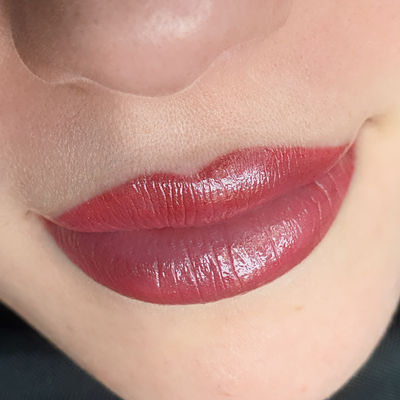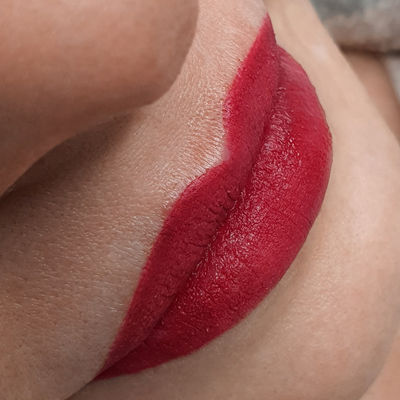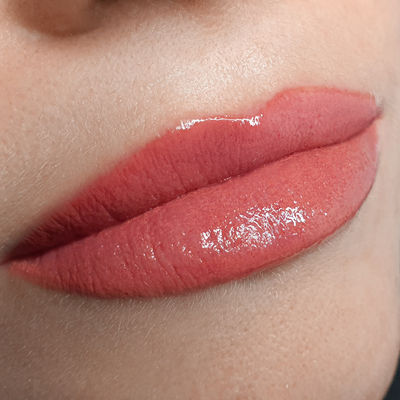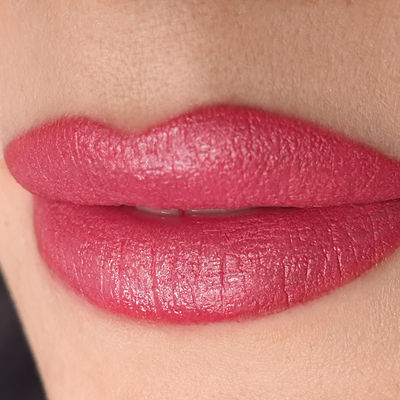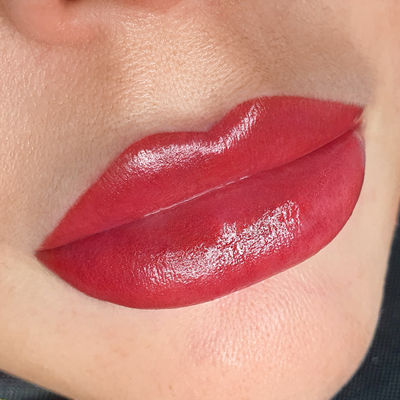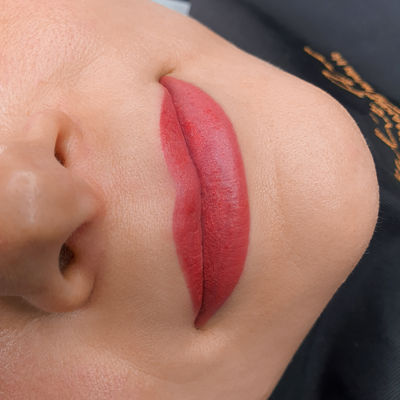Permanent Makeup
What is permanent makeup?
Permanent makeup - PMU - is the application of a pigment to the skin, to enhance the natural beauty of eyes, eyebrows or lips.
The whole idea is to replicate makeup, without the hassle of applying it every morning or having retouch throughout the day. Just think how great it would be to avoid spending precious time every day penciling in your eyebrows, end then worrying about them fading in hot weather or the rain.
You can look amazing at any time of the day or night. Even while at the pool and on vacation!
Prior each appointment a consultation is required to discuss contraindications and perform an patch test. Each permanent makeup requires 2 treatments. The second, called touch up appointment, takes place 5-8 weeks after the first treatment.
What to expect on your appointment?
We start the visit by signing the consent form for the procedure, which also includes information about your health. We discuss the effect you would like to achieve, e.g. whether the eyebrows should look delicate and natural or quite strong, etc. After discussing, I proceed to the pre-drawing. The drawing is individual, matched to your beauty. Eyebrows and eyeliner are personalized, adapted to the shape of the eye and personal preferences. After accepting the drawing, we proceed to the choice of color.
After that, we start the procedure.
We start by gently marking the contour with a needle, and then we apply anesthesia. For the first few moments, you may feel discomfort. It's not pain though.
The whole procedure takes about 2-3 hours.
After the treatment, the pigmented zone may be swollen (mainly lips). The swelling goes down within 48 hours.
There may be redness and small bruises. After the treatment, you get a leaflet with post-treatment recommendations and a cream which helps with healing. For the next few days, you cannot put makeup on the post-treatment area. You can't also go to the swimming pool, sauna, sunbathe for a minimum of 2 weeks.
The full healing process takes about 28 days. This is exactly how long the process of keratinization of the epidermis takes.
However, we achieve visual healing after a week. This means that for the first week our skin peels off, comes off, scabs are formed.
Age-related differences in wound healing have been clearly documented. Although the elderly can heal most wounds, they have a slower healing process, and all phases of wound healing are affected. The inflammatory response is decreased or delayed, as is the proliferative response.

